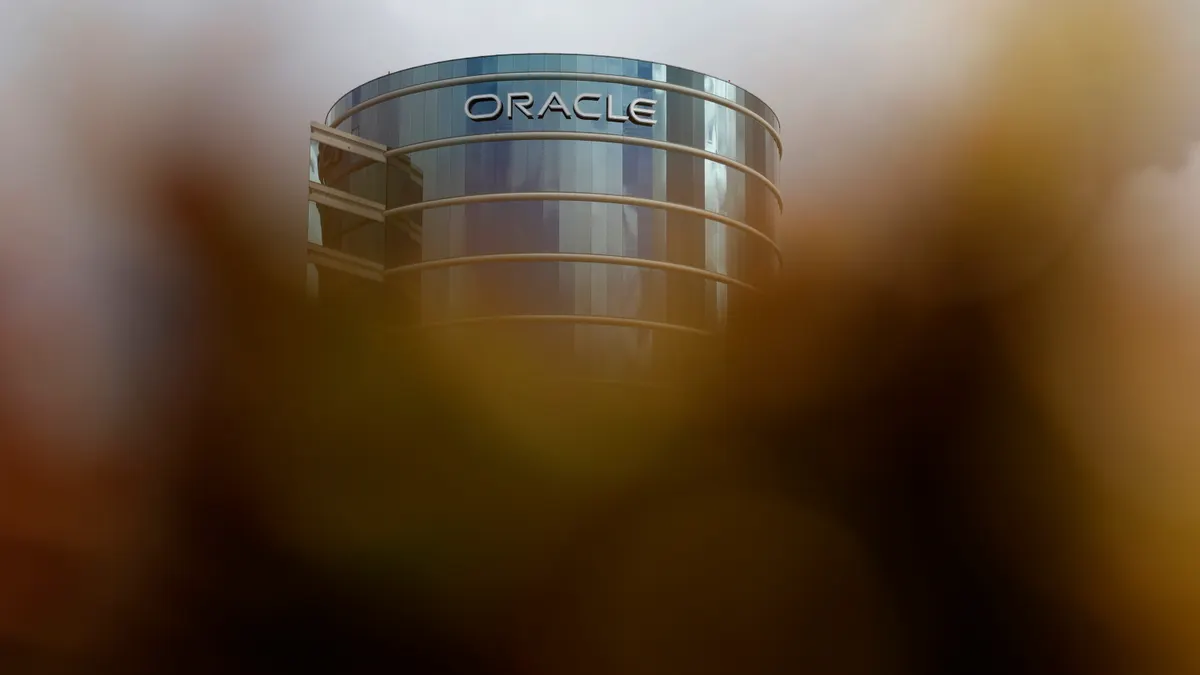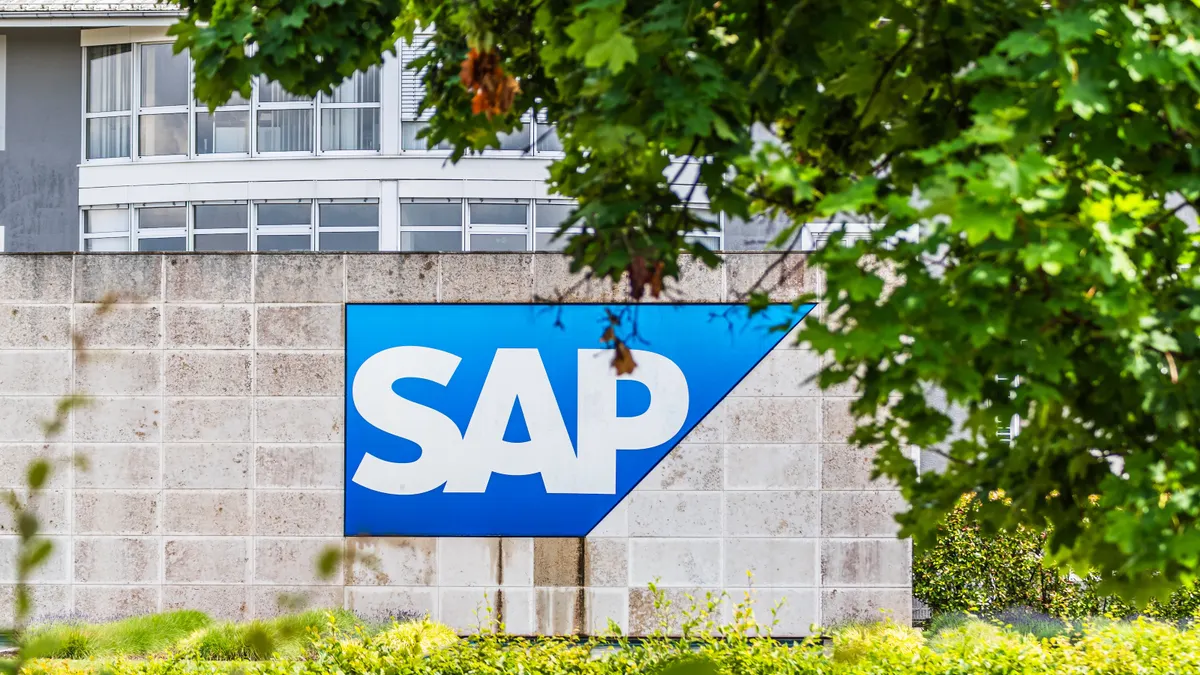Correction: A previous version of this article misidentified Mika Javanainen, senior director of product management at M-Files.
The enterprise Software as a Service market is more mature than other cloud markets like Infrastructure as a Service and Platform as a Service, but it has yet to hit its stride. According to John Dinsdale, chief analyst and managing director at Synergy Research Group, SaaS currently accounts for only about 10% of the total software market.
So why is SaaS taking so long to catch on?
"In some senses SaaS is quite different from other cloud markets," said Dinsdale. For example, if you are a major cloud provider selling infrastructure services, then the basic IaaS services can be sold to anyone anywhere and used to support a multitude of applications. If you are a cloud technology vendor, then the basic servers/storage/networking gear can also be sold to anyone anywhere and used to build a multitude of different public and private cloud configurations.
But SaaS is all about software applications, and there is a wide array of enterprise software applications available on the market.
"It is not pushing the description too much to say that while IaaS and servers are mass markets, the SaaS market is a lot more fragmented," explained Dinsdale.
Because the SaaS market features both broad-based enterprise software vendors and a lot of niche or focused vendors that target specific applications, industries or corporate functions, each segment of SaaS currently features a different leader.
Synergy’s Q2 data released this month found Microsoft is dominant in collaboration, Salesforce leads the CRM segment, SAP leads the ERP space and ADP leads in HR. Other leading SaaS providers include Adobe, IBM, Workday, Intuit and Cisco.
Overall, Microsoft and Oracle are the two biggest enterprise software vendors, but in both cases SaaS currently accounts for only about 10% of their total software revenues, according to Dinsdale.
"Just like there would be no winner of sports, there can't be a winner of SaaS," said Nikhil Hasija, CEO of Azuqua. "Every industry has their own solutions and therefore leaders. The whole benefit of SaaS is that everyone can have the best solution for their specific needs so there are as many solutions as there are different needs."
State of SaaS
Slow but steady growth to this point is not an indication that SaaS has stagnated, however. In fact, SaaS has evolved significantly within specific focus areas. For example, Salesforce started off as a light, agile disruptor in the CRM space. Today, it's a goliath in and of itself.
"You see competitors come onto the market that try to take a piece of the CRM business and do that well for a segment of sales users out there," said Hasija. "The solutions are often robust to the point where they are almost starting to look like the monoliths they replaced. It’s great that the switching costs are so much lower with SaaS than they were before so everyone can have the best solution for them, but the downside is more fragmentation of data and workflows."
Indeed, SaaS doesn’t solve all enterprise software issues.
"The major problem in SaaS is that enterprises have hundreds of applications they use that all don't talk to each other and are sometimes not under the governance of IT at all," Hasija pointed out. "This gets pretty dangerous not only because of security issues but because your customer might touch many different SaaS applications and that customer information isn't consistent across them all. This leads to a situation where a customer needs to repeat themselves several times when calling support or just getting the wrong delivery."
Yet there are many benefits to SaaS as well. For example, companies that use SaaS instead of traditional on-premise software often benefit from a more flexible business model, improved financials, easier upgrade paths, more operational flexibility and a better support model.
On the verge
Synergy predicts the SaaS market may be on the verge of a growing spurt. The research firm’s latest data shows the worldwide enterprise SaaS market grew 33% year on year to reach over $11 billion in Q2 quarterly revenues. ERP grew the most rapidly, achieving 49% growth, while the largest segment, collaboration, grew 37%. Synergy predicts SaaS will more than triple in size over the next five years, with strong growth across all segments and all geographic regions.
Some companies in the SaaS space are already seeing an uptick.
"Organizations are still in the early stages of the shift to cloud, but there’s no doubt the appetite for SaaS is growing strong in the enterprise content management (ECM) space," said Mika Javanainen, senior director of product management at M-Files, which makes both on-premises and SaaS-based ECM software.
Javanainen said his company experienced a 56% increase in SaaS revenue growth in the past year alone, edging out their premises-based solution from the standpoint of year-over-year revenue growth.
"This surge was global and involved organizations of all sizes in a variety of industries, including highly regulated industries, such as financial services and life sciences," he said. "We expect this level of growth to continue in the coming years."



















